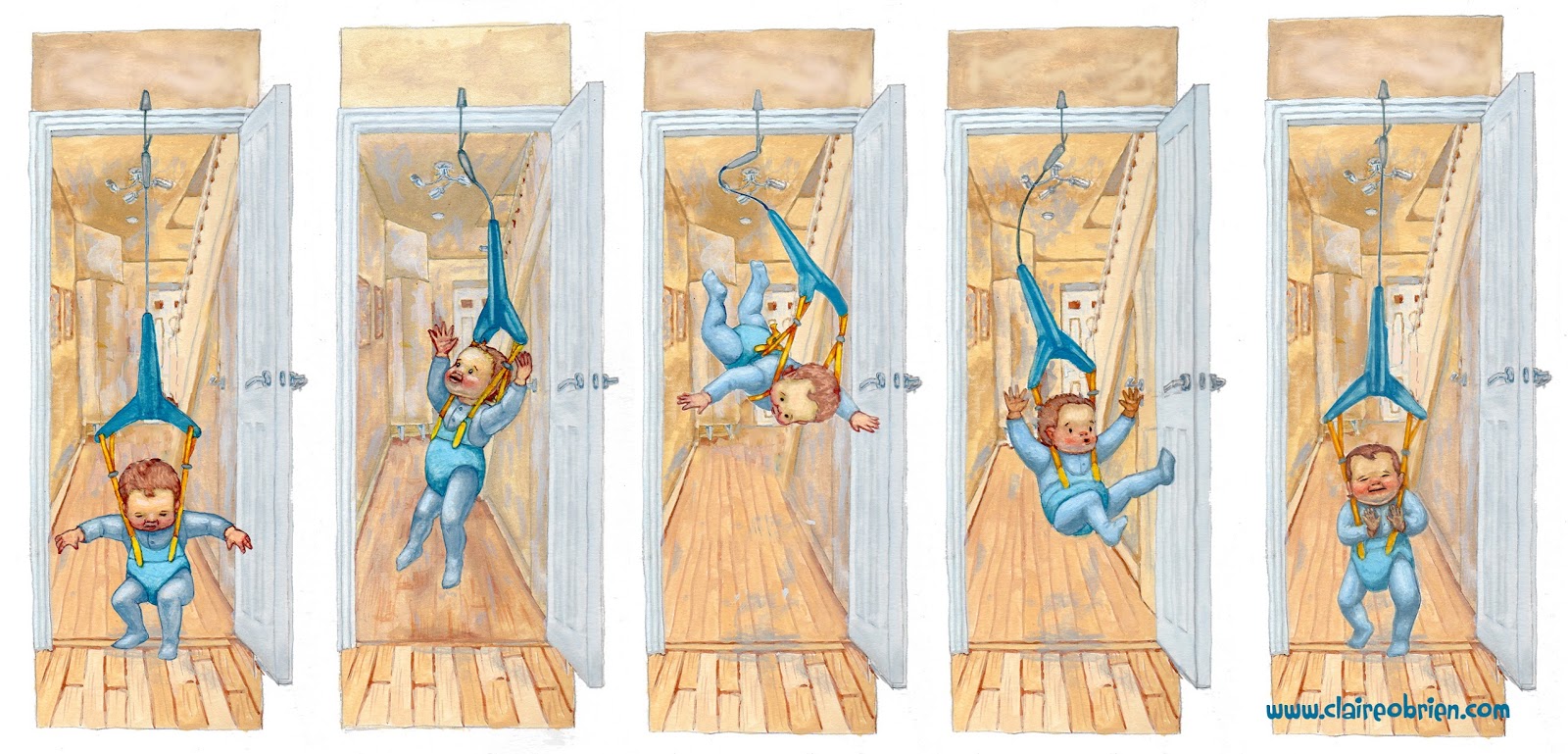Christmas is coming, what do you get the Aspiring Picture Book Author and Illustrator in your life? How about some training videos? Here are my recommendations:
Craftsy
I had never heard of Shadra before taking this course, she’s a Picture Book Author and Illustrator working in a realistic style and she is a great teacher. She provides useful information that she backs up with demonstrations. I like her character development, setting and using reference sections. The most valuable advice she gives, in my opinion, is on the framing of storyboard thumbnails and how you should think about their intended destination, the finished picture book, and whether that is portrait or landscape. She also provides common picture book dimensions, information I’ve looked for for a long time. Although I haven’t submitted any of my own work, it looks like Shadra is quite active in the member discussions and provides feedback on work posted. This is the best video course that I have seen on writing and illustrating children’s picture books! Buy this class here.
Skillshare
Picture Books I: Write Your Story by Christine Flemming
I really like the Skillshare’s courses, they focus on real-world, creative skills rather than what buttons to press in software, I have just bought a year’s membership after paying monthly for a while. Picture Books I: Write Your Story by Christine Flemming (12 Videos, 54 minutes total) is a good course with solid information. The course is delivered through slides and references well-known books as examples of good practice. There is a set assignment and you can share your progress with the group or publicly and receive comments from peers and Christine The lesson on rhythm is factually correct but it doesn’t help that it is delivered in a flat monotonous voice (pot calling the kettle). You will find all of this information in any good children’s book writing how-to book but if you’d rather listen to the information then this video is for you. Christine also has a follow-up course on illustrating your picture book that I plan on watching too. Sign up for Skillshare here.
I really like the Skillshare’s courses, they focus on real-world, creative skills rather than what buttons to press in software, I have just bought a year’s membership after paying monthly for a while. Picture Books I: Write Your Story by Christine Flemming (12 Videos, 54 minutes total) is a good course with solid information. The course is delivered through slides and references well-known books as examples of good practice. There is a set assignment and you can share your progress with the group or publicly and receive comments from peers and Christine The lesson on rhythm is factually correct but it doesn’t help that it is delivered in a flat monotonous voice (pot calling the kettle). You will find all of this information in any good children’s book writing how-to book but if you’d rather listen to the information then this video is for you. Christine also has a follow-up course on illustrating your picture book that I plan on watching too. Sign up for Skillshare here.
Lynda.com
Lynda.com has a whole of host of courses from using software, photography, creative business, design and animation and they are all really well-delivered and very useful. They also make documentaries that are inspiring. Two that are of interest to aspiring picture book authors and illustrators are:
Creative Inspirations: Ed Emberley, Children's Book Illustrator is amazing. I probably don’t need to tell you about his drawing books for children which is how I know of him. I didn’t know that he also writes and illustrates children’s picture books, he’s published over one hundred of them. This video presents his philosophies and practice via an interview, footage of him drawing and voice overs. It shows his studio and working methods which are always fascinating for a fellow artist to see. It also features his daughter, Rebecca Emberly, who is also a picture book author and illustrator. My favourite quote from this video is when he says “I just felt like doing a children’s book” and of course it was published!
Picture book apps on the iPad and tablets are difficult to ignore these days whether you like them or not. If you want to venture into picture book apps then this documentary is very inspiring. Stacey talks her about her varied background to how she has arrived at digital (and now traditional) picture book publishing and creation. She clarifies what a picture book app actually is and shows how she creates her work traditionally in watercolour and brings it into the iPad via Demibooks Composer (a very good picture book creation app). She also provides good advice on interactivity, what to make move, have sounds or how to react with touch. After watching this I decided that one of my manuscripts will be ideal as an app so watch this space.
Don’t forget that watching these courses is fun and entertaining but if you don’t follow the advice and do the assignments you won’t learn. And, full disclosure, if you click through my links to Craftsy and Skillshare and buy any of my recommendations above I will get a small referral fee, if you do, I thank you for your kind support.
















.JPG)




